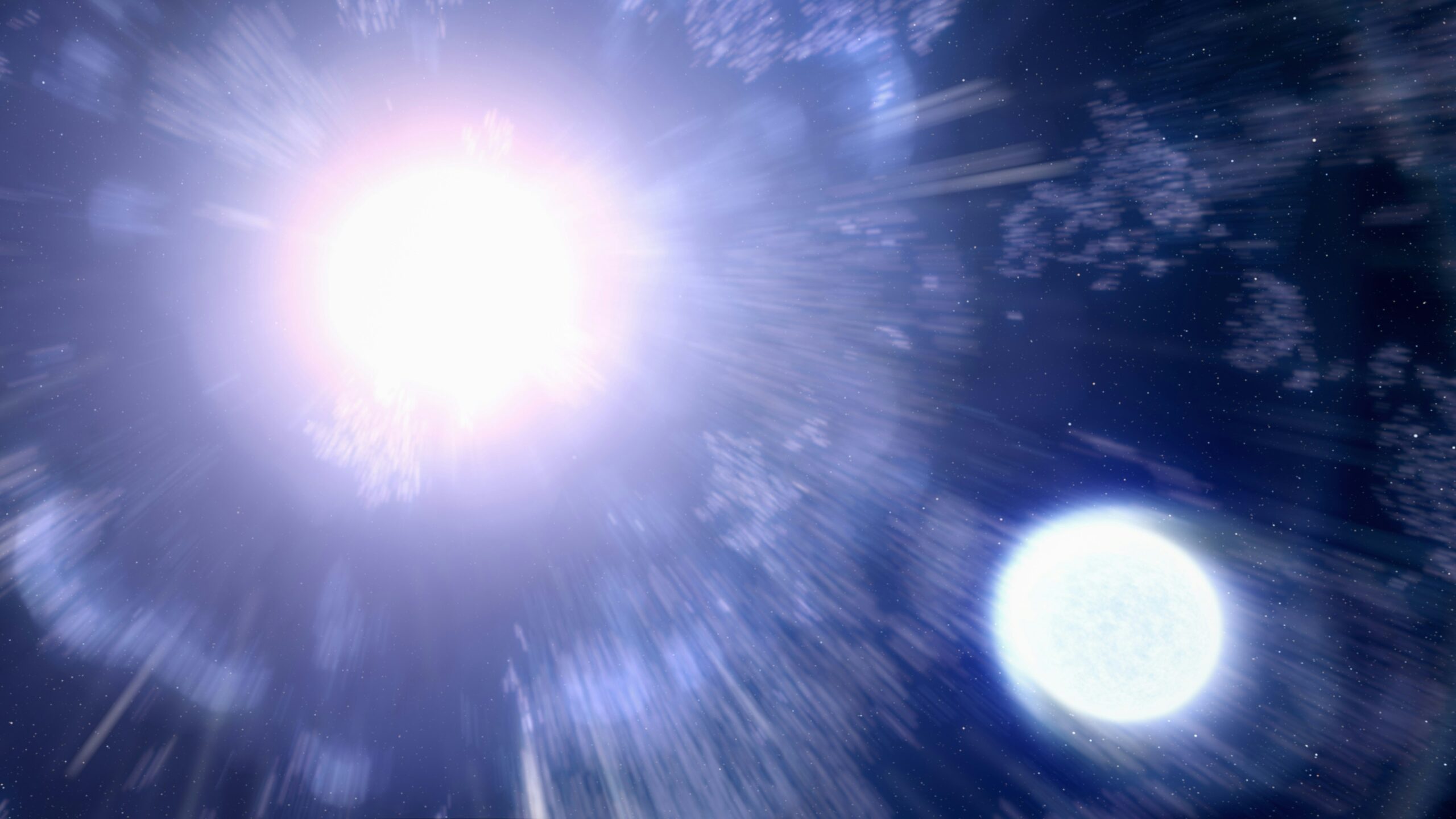Astronomers and stargazers are in for a rare celestial treat as NASA predicts that the star T Coronae Borealis, located in the stunning constellation of Corona Borealis, will explode and become visible to the naked eye in the northern hemisphere before September.
T Coronae Borealis, a white dwarf star situated approximately 3,000 light-years away from our solar system, is set to experience a nova explosion this spring or summer. This extraordinary event occurs predictably every 80 years, making it a once-in-a-lifetime spectacle for many.
Understanding Nova vs. Supernova
It is essential to distinguish between a nova and a supernova. A supernova is a catastrophic event where a star’s core collapses, leading to its complete destruction. This phenomenon can only happen to stars that are about eight times the mass of our sun. In contrast, T Coronae Borealis (also known as T CrB) will undergo a nova—an explosion on its surface that expels matter into space but does not obliterate the star.
The ‘Blaze Star’
T Coronae Borealis is a “recurrent nova,” meaning it outbursts at regular intervals. Nicknamed the “Blaze Star,” it previously exploded in both 1866 and 1946. Astronomers are confident it will erupt again before September, as per NASA’s projections.
Visibility and Brightness
Under normal conditions, T Coronae Borealis has a magnitude of +10, which is too dim to be seen with the naked eye. However, during the nova event, the star’s brightness will surge to a magnitude of +2, comparable to Polaris, the North Star. This significant increase in brightness will make it visible to the naked eye for several days, offering a remarkable opportunity for observation.
How To Find T Coronae Borealis
To locate T Coronae Borealis, follow these steps:
- Identify the Constellation: Corona Borealis, or the Northern Crown, is a small but distinctive constellation resembling a semi-circle. It is best viewed in the northern hemisphere.
- Locate Bright Stars: Look for bright stars such as Arcturus in the constellation Boötes and Vega in the constellation Lyra. Corona Borealis lies between these two stars.
- Spot the Semi-Circle: The constellation’s semi-circle pattern should be easy to spot once you have found Arcturus and Vega. T Coronae Borealis is located within this pattern.
Don’t Miss This Celestial Event
This nova event is a rare and awe-inspiring sight that will captivate both seasoned astronomers and casual stargazers. Ensure to mark your calendars and prepare your telescopes or simply your eyes to witness this incredible display of cosmic fireworks.

































